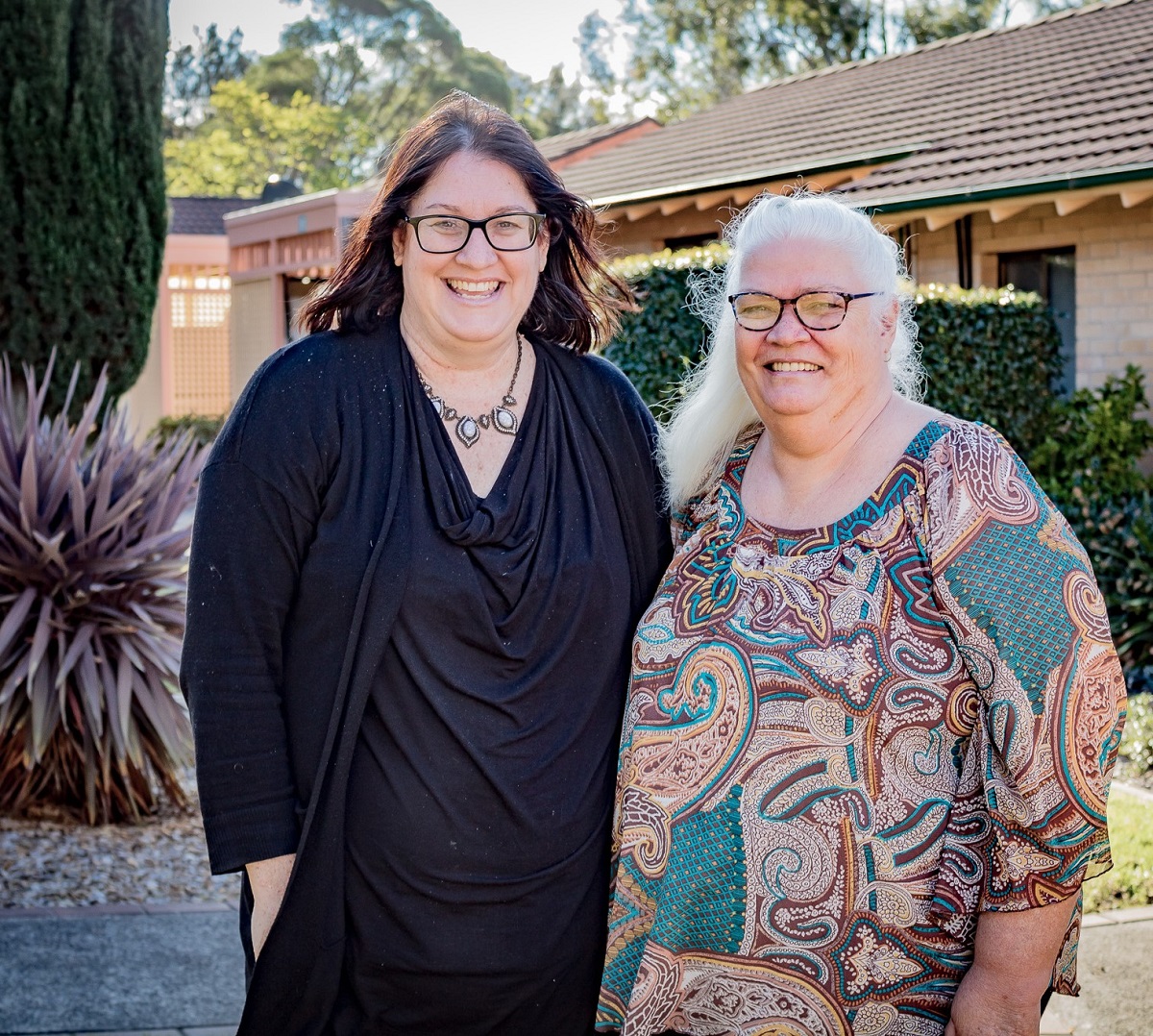The Benefits of Living in a Retirement Village
Read about the benefits of retirement village life, including the lifestyle, community and health benefits.
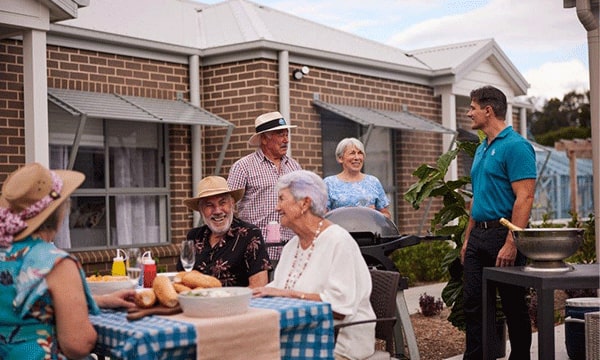
Have you been dreaming about what retirement living looks like for you? Perhaps you know it's time to downsize but don’t know where to start?
Maybe you’re starting to think your family home no longer suits your lifestyle and needs. Maintaining the home and garden might be a bit of a struggle, or your health might be declining and you’d like to live in a more supportive environment.
There are many options when it comes to retirement living, but moving to a retirement village could be just what you’re looking for at this point in your life.
Learn more about retirement living at IRT
What does retirement living mean in Australia?
A retirement village is a community of like-minded people over the age of 55. You live independently in your own home and enjoy the benefits of community living.
Villages often have amenities such as pools, gyms and social spaces, the option to attend community activities/events and have your home maintenance taken care of while you travel.
Every village is different, so do your research based on what's important to you, but you may also be able to access services on site such as allied health, community transport, a Village Manager and home care.
Because retirement villages are purpose-built for older people, they offer many lifestyle and practical benefits. Residents enjoy a strong sense of community, feel safe and secure and can enjoy more quality time with family and friends. Check out our top benefits of living in a retirement village:
11 Benefits of Living in a Retirement Village
1. Connection and Community
One of the benefits of retirement village living is a strong sense of community.
Retirement villages offer many opportunities for residents to interact and connect, without living in each other's pockets, through on-site recreational facilities, community rooms and social activities.
This can help reduce social isolation, which, sadly, is a growing problem in Australia - the 2015 Australian Bureau of Statistics Census indicated over a quarter of older Australians live alone. Social isolation and loneliness is a leading cause of hospitalisation in older people, and is linked to increased mental health and chronic health issues.
Moving to a retirement village can make it easier for people who are socially isolated to make friends and meaningful connections with people who share similar interests. And of course, it's up to you whether you participate in the social activities of the retirement village community. Living in a retirement village doesn't mean you lose your independence because you decide how much - or how little - you wish to be involved.
2. Low Maintenance Lifestyle
Retirement villages also offer low maintenance living, easing pressure on seniors who no longer feel they can keep up with home and garden chores.
Because a retirement community is purpose-built, the homes can help to relieve some of the difficulty, stress and potentially danger that comes with maintaining a house as you get older. These properties are designed to be easily maintained, you don't need to worry about paying the utility bills, and the common areas are looked after by the operator.
When it's time to go on holidays, it's easy to lock up, relax and enjoy your vacation.
3. Independent Living for Longer
What people want as they enter their later years is changing, with many older people choosing to stay at home and live independently for longer or 'age in place'.
Generally ageing in place refers to continuing to live in the community with some level of independence, rather than in residential aged care. That doesn't necessarily mean staying in the same house you've lived in for years. Moving to a retirement village is a great option for older people looking to downsize to a place that is more age-friendly where you can still enjoy independent living.
Retirement villages are designed with 'ageing in place' in mind, and built with features to promote longer resident independence to reduce the need for a move to residential aged care. Communities are designed for wheelchair and walker accessibility, and resident homes often come with or are fully adaptable for hand-rail and motion-sensor alarm and lighting system installation.
And if your health needs were to change once you moved in, a retirement community with an aged care centre may be able to accommodate you and make the transition to a care centre easier with familiar surroundings and staff.
4. Maintain an Active Lifestyle
There are plenty of benefits of staying active as you age and retirement villages help promote an active lifestyle. Most offer a range of activities within the village or have easy access to facilities such as swimming pools, golf courses, bowling greens and gyms.
And because retirement villages provide a low maintenance lifestyle with less garden and household maintenance required, living in a retirement village can give you more time and opportunities to explore new interests.
5. Safety, Security and Reassurance
It's important we feel safe in our homes, and retirement living can provide higher levels of health and physical security for older people. Feeling safe, secure and reassured in our own homes is fundamental to feeling less stressed and more relaxed.
One of the main retirement living benefits is that most retirement villages have a range of security features including gates and fences, cameras, and sensor lights. You also have quick access to emergency services if you were to ever require them, and many retirement villages have a range of medically-trained staff.
6. Access to Wellness and Fitness Programs
Staying physically and mentally active is key to a long and fulfilling retirement. Many retirement villages prioritise health by providing on-site wellness programs, making it easier to maintain a healthy and active lifestyle. Whether you enjoy a brisk morning walk, group exercise classes, or a refreshing swim, you’ll have plenty of options to stay fit without having to leave your community. With fitness activities tailored to older adults, you can exercise safely and comfortably at your own pace.
- On-site gyms, swimming pools, and exercise classes
- Personalised fitness programs designed for seniors
- Wellness-focused lifestyle with yoga and meditation
7. Affordable and Transparent Costs
One of the biggest concerns when considering retirement living is cost. Fortunately, retirement villages provide a clear, predictable financial structure with transparent fees and no unexpected maintenance costs. Unlike traditional homeownership, where repairs and renovations can be costly and unpredictable, a retirement home offers financial peace of mind. With different pricing models available, you can choose a payment plan that best fits your budget and lifestyle needs.
- No unexpected maintenance expenses
- Clear, transparent contracts and pricing
- Various pricing options to suit different budgets
8. Pet-Friendly Retirement Living
For many retirees, pets are an important part of the family. The companionship of a pet can offer emotional support, reduce stress, and promote an active lifestyle. Fortunately, many retirement villages are pet-friendly, allowing residents to bring their beloved animals with them. Whether you enjoy taking your dog for a walk around the village grounds or simply appreciate the company of a furry friend, pet-friendly retirement communities can help enhance your happiness and well-being.
- Many villages welcome pets, providing green spaces for walking
- Opportunities to socialise with other pet owners
- Emotional and health benefits of having a pet companion
9. Convenient Transport Options
Getting around doesn’t have to be a challenge in retirement living. Many villages provide community transport services for residents, making it easy to get to medical appointments, go shopping, or attend social events. This allows you to maintain independence without the stress of driving, especially if mobility becomes a concern. Whether it’s a scheduled shuttle service or easy access to public transport, these options ensure that you can continue to stay active and engaged in the wider community.
- Community transport for shopping and medical appointments
- Public transport connections nearby
- Shuttle services for social outings and events
10. Freedom to Travel and Explore
One often-overlooked benefit? The freedom to roam. With your home secure and maintenance covered, you can:
- Visit family or travel for extended periods
- Take spontaneous holidays
- Enjoy peace of mind while you’re away
Travel tip: Some villages even offer travel groups or excursions for residents.
11. Lifelong Learning and Purpose
Keeping your mind active is just as important as physical health. Many villages support lifelong learning by offering:
- Guest speakers and workshops
- Book clubs and writing groups
- Volunteering opportunities
Extra bonus: These activities can bring a sense of purpose and meaning to your days, especially after leaving the workforce.
Discover what ageing in place means and how it can benefit you
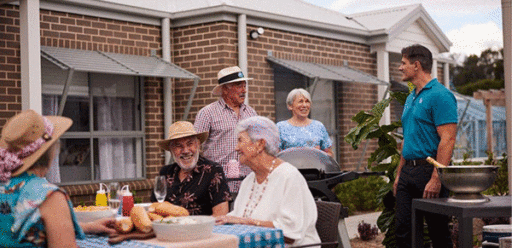
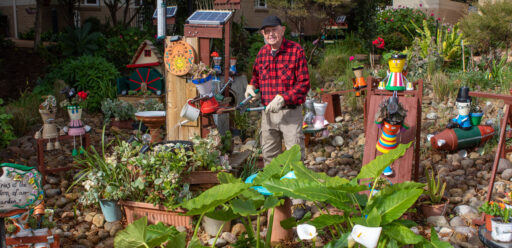
Choosing the Right Retirement Village
Regardless of your own motivation for downsizing, it's really important you choose the retirement village that best suits your lifestyle and needs, so we've put together a 5-point checklist to help you make the right decision.
1. Does the Retirement Village Suit Your Lifestyle?
It’s worth making a list of the things that are important to your lifestyle before you make any move.
If you’re an outdoors person, do you want to live near the beach or lake, or have access to parks and bushwalks? Some villages have their own swimming pools, as well as lovely gardens. Alternatively, you might prefer city living, with access to shops, restaurants, cinemas and museums.
Once you’ve listed what’s important to you, then you can start researching what’s on offer at different retirement villages.
2. Book a Tour of the Properties You're Interested In.
It’s important to make sure the retirement village is a good fit for you. Check out the community facilities, such as the pool, gym, café, community bus, hairdresser and BBQ area. If it matters to you, ask if pets are allowed.
And don’t forget to look at the activities calendar. Movie nights, shopping trips, happy hour and concerts are just a few of the activities on offer when living in retirement villages. These events are a great way to get to know your neighbours and form new friendships.
3. Chat to the Staff and Residents.
Talking to the manager and staff is an important way for you to gauge whether you’d be content living in the village. Do they seem friendly and responsive, as well as efficient? Are they open about any village issues?
There’s no substitute for experience, so chatting to existing residents can also reveal a lot about life in the village. They’ll be able to tell you if it’s well run and a happy, safe place to live.
These insights will help you get a feel for the place that goes way beyond the bricks and mortar, helping you figure out whether it’s right for you.
4. Consider Your Future Health Needs.
The Retirement Living Council (RLC) highlights that health and safety concerns were key drivers behind older people considering the move to a retirement village, as well as the ability to remain independent as they age.
Village living can reduce the need for a move to residential aged care because the design, environment and services help residents remain independent for longer.
Nevertheless, if your health needs were to increase significantly after you moved in, would it be important to have easy access to a high level of care? Some, but not all, retirement villages are co-located with an aged care centre, so that might be an important consideration for you.
5. Is it Worth Living in a Retirement Village?
The value we place on different things in our lives varies greatly from person to person, and retirement living is no different. What one person might consider to be worth every penny, might not suit someone else at all. The decision to move into a retirement village is a very personal one incorporating many factors, only one of which is the financial considerations.
Make sure you weigh the financial considerations against other important factors, such as those discussed in this article:
- what you want retirement living to look like for you
- your future health needs
- services and amenities
- safety and security
- proximity to family, shops, cities, the beach...whatever it is that is important to you.
There's no denying it's a big financial decision though, so don’t sign any contract before getting independent legal and financial advice. Make sure you understand the different payment options and any ongoing fees.
7. Understand the Exit Fees and Resale Process
Before signing a contract, make sure you understand the exit fees, also known as deferred management fees, as well as how the resale of your unit will work. These terms can vary significantly between villages and affect your future financial position or estate planning.
- Ask about deferred management fees and what they cover
- Understand how and when your money is returned
- Clarify who is responsible for selling your unit and what support is provided
6. Speak to Your Family and Friends
The benefits of living in a retirement village can be huge. However, before you make any decision, consider the different options carefully and talk to your family and friends to get their advice.
After all, home is where the heart is, so it’s really important you make a wise move.
How IRT Help Simplify the Process
Contracts can be confusing but the retirement village sector has been working hard to simplify the process. IRT is a signatory to the RLC’s 8-point action plan to deliver higher standards, clearer and simpler information about costs and contracts, and an independent umpire to resolve disputes.
IRT was also one of the first aged care operators to register for the RLC's Code of Conduct, which lifts the bar for all operators and is designed to assist in promoting trust and confidence in the aged care sector. You can download a copy of the code here.
Check out our handy guide to moving to a retirement village
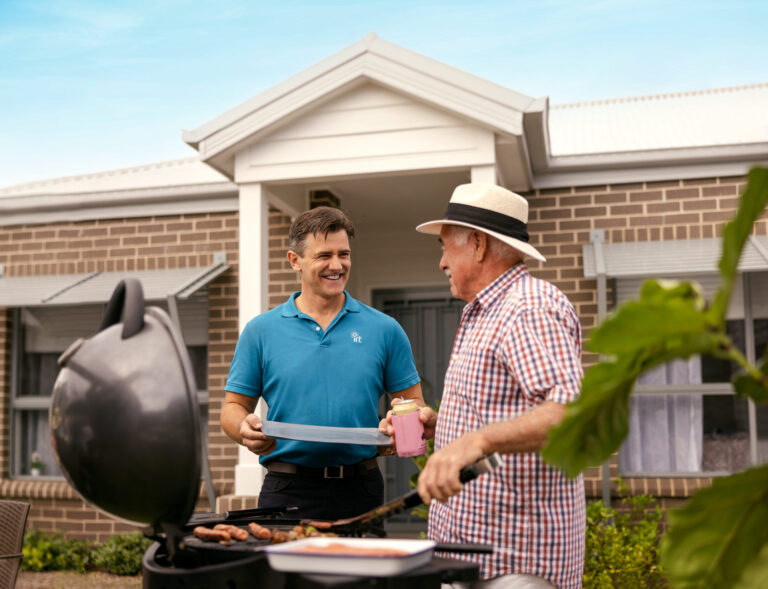
Retirement living at IRT
If you’re interested in downsizing your house and upsizing your life, IRT has more than 30 retirement villages across NSW, Qld and ACT. Find out more about the possibilities of village life and how one of our independent living communities can suit you and your unique needs.
Find out moreSubscribe to our newsletter
You may also like
What is the difference between CHSP and Home Care Packages?
If you’re interested in getting some home care, you’ve likely heard of the terms ‘Home Care Package’ and ‘Commonwealth Home Support Program.’
10 ways to empower older adults
If you have an older person in your life, one of the most caring things you can do is help them feel empowered as they…


